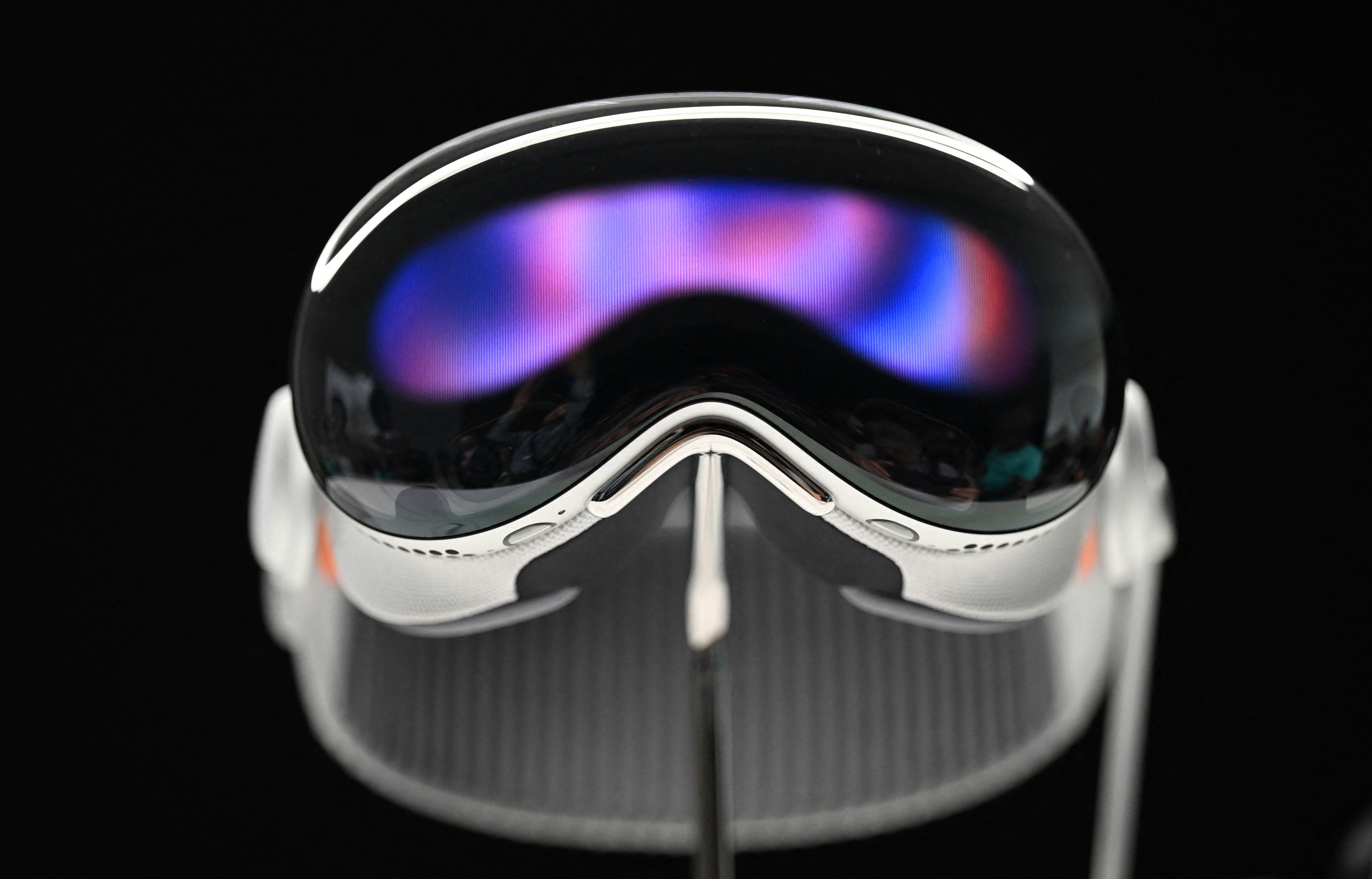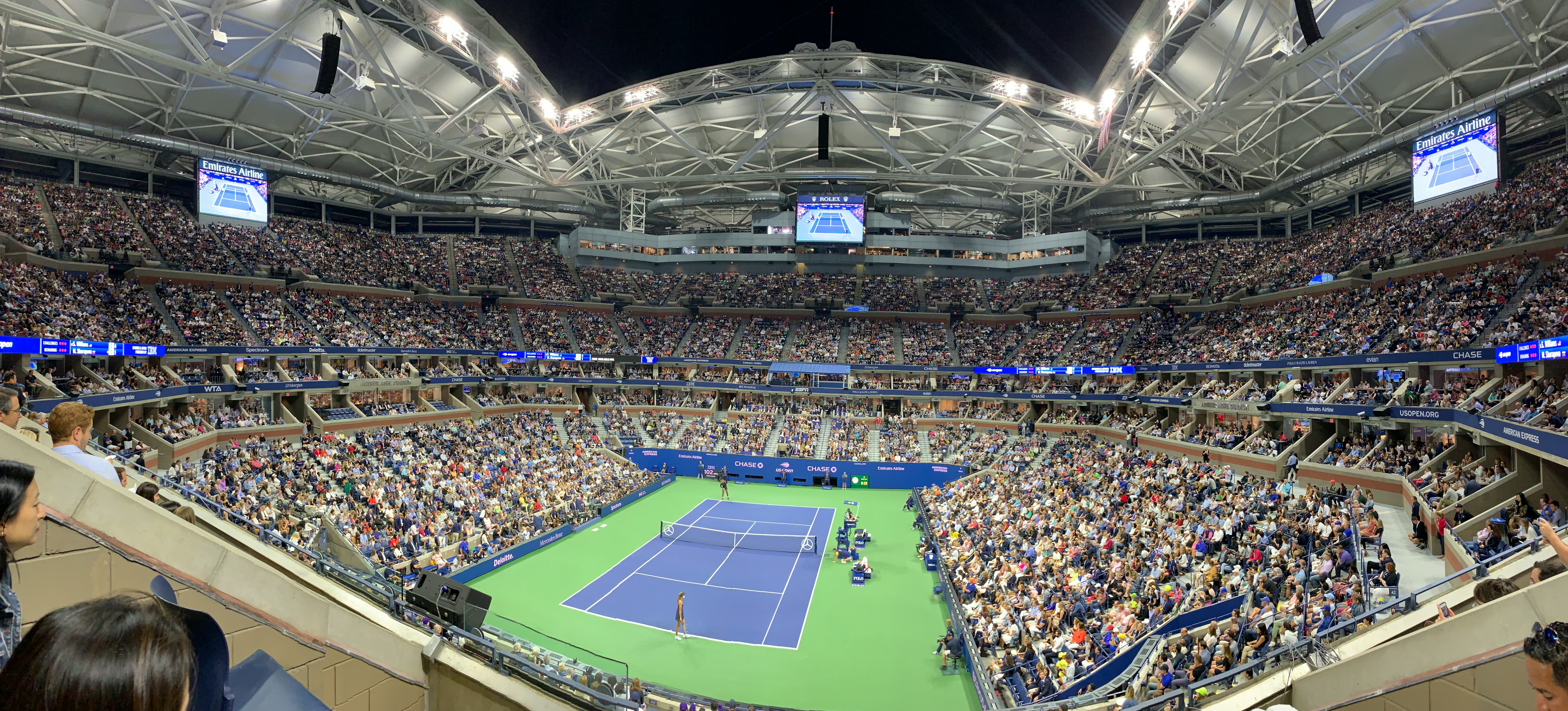
I am more and more convinced that Apple Vision Pro will be the breakthrough device Apple is promising when the $3,500 “spatial computer” launches early next year.
Yesterday, I had the rare opportunity to try Apple Vision Pro for the third time since its announcement at WWDC 2023. The situation was the same as the last time: a short viewing session to look at spatial video, panoramas, photos, and videos. The difference this time, however, was that I was allowed to bring my own content — including spatial video shot with an iPhone 15 Pro — and take a look at it using visionOS’s Photos app.
I Got Emotional
Since the release of iOS 17.2 developer beta 2 for iPhone last month, I have been stockpiling spatial videos taken with my iPhone 15 Pro. If you own an iPhone 15 Pro or 15 Pro Max and want to learn how to shoot your own spatial videos, I recommend reading that because you do need to turn the feature on within the camera section in the Settings app.
As I noted last time, recording spatial video with an iPhone 15 Pro is easy once you’ve turned it on. You simply tap the Apple Vision Pro icon that appears in the regular video mode and then hit the record button. Videos are saved as normal 2D videos in your camera roll, but view them in Vision Pro and they have depth like any 3D video.
Prior to my viewing session, I was encouraged by Apple to capture spatial videos that would have sentimental value to me — family, friends, pets. These are the types of things you’re more likely to appreciate in 3D than, say, the burger you had for lunch two weeks ago. While I did bring content that had a higher chance of making me choke up, I also brought a few spatial videos that were a little more mundane — for example, walking through a train station tunnel or a short clip of my colleagues at a pizza shop — just to see what that would look like.
The first thing after going through a short setup process (using an iPhone to scan my face like you would setting up Face ID and also eye and hand tracking within the Vision Pro) was AirDropping my content to the Vision Pro. I was allowed to bring 15 photos, videos, panoramas, and spatial videos in total. I AirDropped my content from my iPhone 15 Pro to an Apple representative’s iPhone, which was then AirDropped to the Vision Pro I wore. AirDrop on Vision Pro is a similar experience to existing Apple devices. An AirDrop icon appears at the top of the “screen” and you look at it and pinch your thumb and index finger together to “click” it. A glassy, translucent Control Center then appears with the option to accept the AirDropped content.
I’ll get to looking at the non-spatial video content in a second. It’s not that they didn’t elicit strong emotions or anything, just that they show up as plain 2D in Vision Pro. On the other hand, spatial videos hit different. Maybe it’s because they have subtle depth to them — I noted in my viewing session last time that the 3D has just the right amount of depth, not too strong or too weak — or because you can look at them in an “Immersive” view where the border of the video becomes glowy and dream-like to give it characteristics of a memory. Either way, spatial videos feel alive. The dream-like memory border sells that feeling pretty well.
I kept tilting my head a lot, almost in disbelief at how surreal it was to see my mom in spatial video.
In one spatial video, my mom and I were having dim sum at a restaurant, and I was explaining to her what the Apple Vision Pro is and what it does. It was recorded last weekend, so the memory was fresh in my mind. Rewatching the video inside of the Vision Pro, it was as if we were transported back to the restaurant, sitting across from each other over a table of dishes. I kept tilting my head a lot, almost in disbelief at how surreal it was to see my mom talking, laughing, and eating in spatial video. My mom was who got me interested in technology, and I don’t think I would have a career writing about new consumer tech if not for her interest in it. To me, these convos are very precious, so to see them replayed with a sense of presence really tugged at my heartstrings. At one point, I fought back a few tiny tears, if only because there were three Apple reps sitting next to me. Self-aware of EyeSight and the possibility that they might be able to see my tears, I asked if they could see my eyes on the Vision Pro’s outside display. I was told they couldn’t. Pre-release software, you know? I obviously couldn't confirm that myself as the person wearing Vision Pro. At a certain distance and window size, spatial videos can look life-sized. But even when I “pushed” the video window farther away (enabled by looking at the bar at the bottom of the window and then pushing it farther from me), seeing my mom in 3D made me emotional. I even laid back on the sofa and placed the virtual video on the ceiling.

I think Apple was right in suggesting I capture sentimental content in spatial video. Cool as it was to see my colleagues at the office and a bar with a little bit of the third dimension, I don’t think rewatching those clips had the same impact on me as the ones of my family. I suspect once people have the opportunity to see their own content in Vision Pro, they’ll get a better sense of when and when not to tap the spatial video icon in the camera app on their iPhones.
Looking at panoramas in Vision Pro is its own thing. I brought a few specific panoramas to see if it’d feel like I was brought back to the locations. The first was a shot in Arthur Ashe Stadium during the U.S. Open in 2019. The match was between Serena Williams and Maria Sharapova and POV was from the mid-row seats. Shot with an iPhone XS with 32 megapixels of resolution, the Vision Pro did a little bit of de-warping to the panorama to curve it in front of me. It looked good and expansive, but not nearly as surreal as a spatial video. I could use two hands to pinch and zoom in and out of the photo.

However, even larger and higher-resolution panoramas, taken with newer iPhones, look even better. Two others — a 51-megapixel pano shot at the top of Bear Mountain in New York and a 38-megapixel pano shot at Apple Park last year — were wider and, as a result, wrapped more to the sides and almost behind me, giving me more horizontal pixels to turn my head and look at. If you haven’t been taking panoramas of epic sunsets, beaches, and landscapes, I highly recommend you start.
As for 2D photos and videos, they appear as they would on a computer, either in a smaller window or as a fullscreen experience. I looked at a few photos of our family Yorkie, whom we had to put down earlier in the year, and although I tried to hide it, I felt a few waves of sadness viewing photos of her on such a big virtual screen. Mostly because I miss that little pup every day, but still, the clarity of the virtual screen in Vision Pro is engrossing. Which brings me to...
The Best Virtual Big Screen
I said it many times before, and I’ll probably repeat it until it’s released: Apple Vision Pro is the best virtual big screen I have ever used. Even though I’ve only used the Vision Pro three times, each in brief sessions lasting around 30 minutes, I’m certain it’s the best (at least in a consumer product). When I say the screen looks like a proper big screen projection floating in front of you (or on your ceiling if that’s what you prefer), I mean it. It’s not like other VR headsets or video glasses, where they claim a display that resembles one measuring a hundred-something inches, but in reality, it just looks like a much smaller TV screen or monitor. It makes even the virtual display inside the PlayStation VR 2 look budget.
Apple Vision Pro is the best virtual big screen I have ever used.
While I’ve spent most of my Vision Pro sessions looking at the Photos app, I have no doubt that the mixed reality big screen experience will translate really well for viewing other types of content like movies and games. Frankly, I think everyone is so focused on comparing Vision Pro to the Quest 3 that they’re missing the point of what the Vision Pro really is: it’s going to disrupt the TV and projection screen industries. Why would anyone spend $3,000 on a cutting-edge TV when the Vision Pro will give you a resizable screen that's also portable and can easily display all of your content?







